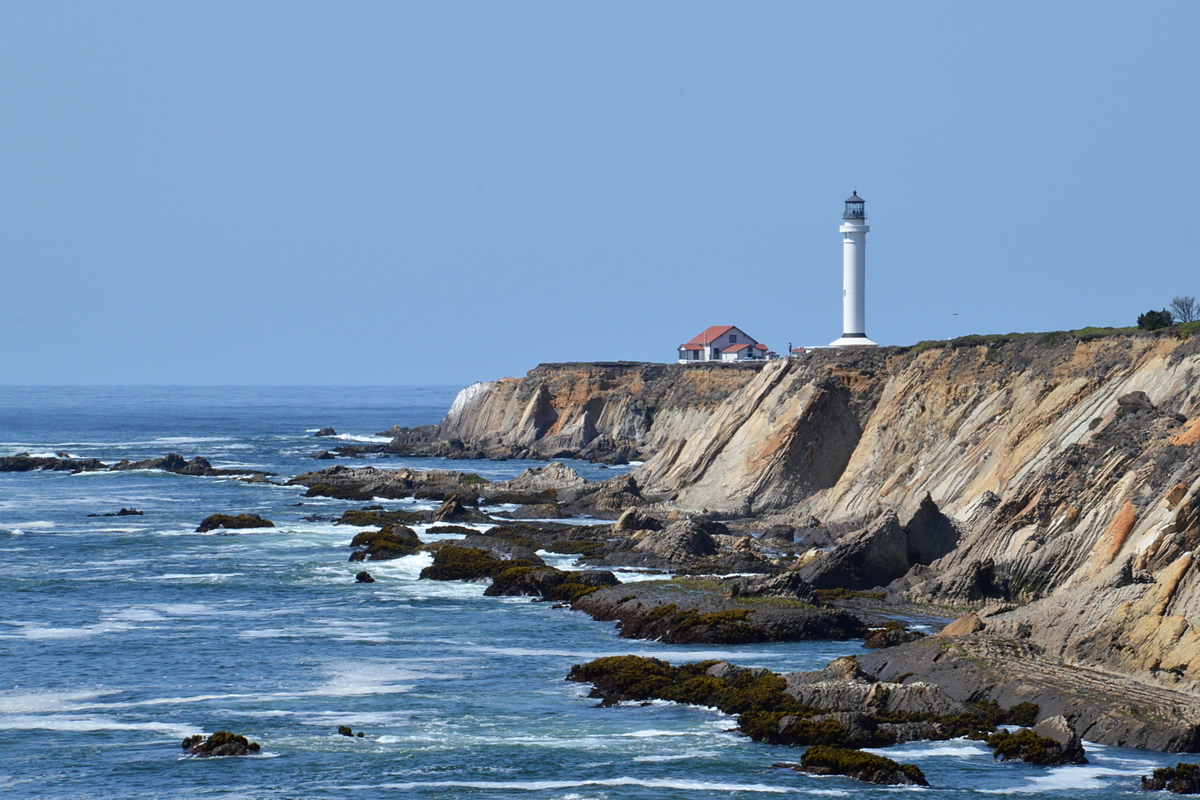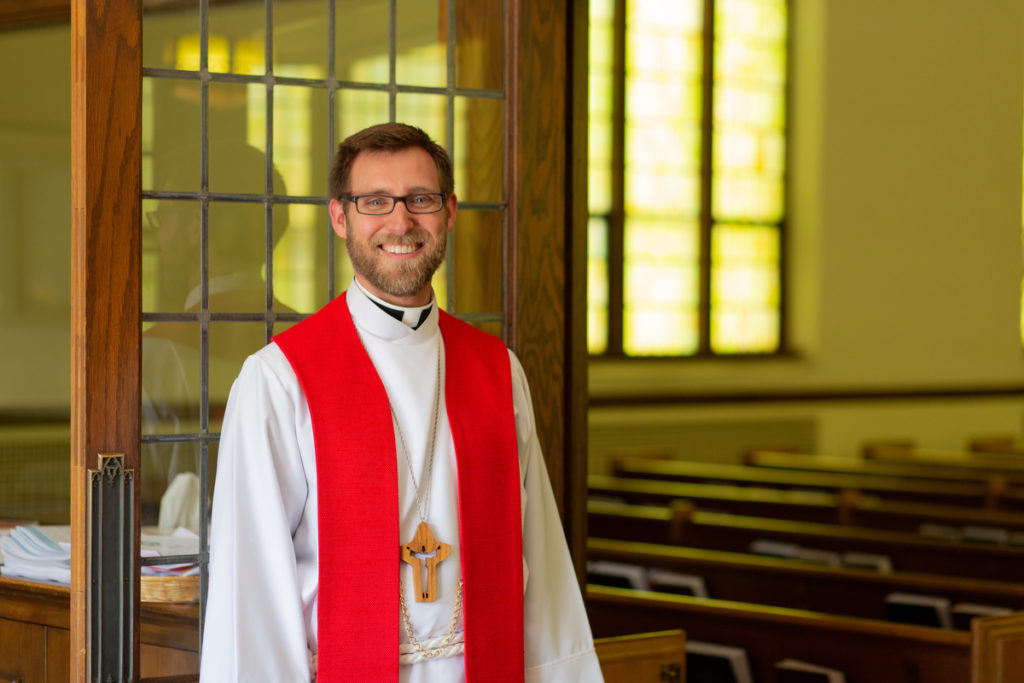The ELCA has long bragged in its news releases by a tag line reporting how significant it is because of its size. One could cite this as another example of a Theology of Glory, but then ‘God’s Work Our Hands’ sounds rather ostentatious too (not to mention synergistic).
Anyhow, the current tag line reads:
“The ELCA is one of the largest Christian denominations in the United States, with nearly 3.3 million members in more than 8,900 worshiping communities across the 50 states and in the Caribbean region. Known as the church of “God’s work. Our hands,” the ELCA emphasizes the saving grace of God through faith in Jesus Christ, unity among Christians and service in the world. The ELCA’s roots are in the writings of the German church reformer Martin Luther.”
Compare this to the tagline in the oldest press release I saved, from August 2016:
“The ELCA is one of the largest Christian denominations in the United States, with more than 3.7 million members in more than 9,300 congregations across the 50 states and in the Caribbean region. Known as the church of “God’s work. Our hands,” the ELCA emphasizes the saving grace of God through faith in Jesus Christ, unity among Christians and service in the world. The ELCA’s roots are in the writings of the German church reformer, Martin Luther.”
Since 2021 statistics are not available yet, that means that the ELCA admits to the loss of more than 400,000 members in the four-year period from 2016 through 2020, meaning a hemorrhage of around 80,000 souls per year. The drop of roughly 400 congregations would come out to an average of about 80 per year. And these are “net” figures, after any growth in either category.
As Dr. Phil might ask, “How is all this inclusiveness working for you?”



























Go back further to 2010. Over 4 million members! The steady decline has been going on for some time….
The fact that the drop in membership is automatically assumed to be due to the “woke agenda” shows that membership will continue to drop. Let’s have discussions with people about why they are leaving and build from there. Let’s address the hypocrisy, thieves, and more within our church (something that many young bring up about religion in general) and leave the side show “wokeness” because that’s only for noise.
You make some very serious accusations here, and I’m not sure what you mean. If you have evidence of criminal conduct, you should share that with the appropriate authorities.
Here is the “Quick Facts” page from the ELCA’s Web site in June 1997 (found on the Internet Archive, which captures Web sites and archives them over time).
The Evangelical Lutheran Church in America resulted from a union of three North American Lutheran church bodies: The American Lutheran Church, the Association of Evangelical Lutheran Churches and the Lutheran Church in America.
The three churches agreed to unite in 1982. They formed a 70-member Commission for a New Lutheran Church, which planned the merger. The plan was approved by church conventions in 1986, and the ELCA constituting convention was held April 30-May 3, 1987, with the church actually beginning operations on January 1, 1988.
The ELCA meets in assembly every two years; at its 1995 Churchwide Assembly it elected its second bishop, The Rev. H. George Anderson.
MEMBERS:
Baptized Members: 5,190,489, down 8,559 from previous year
Communing and Contributing Members: 2,560,474
Members of Color or Whose Primary Language is Other Than English: 110,423 (2.09%). Included are
African-Americans, 49,460; Hispanics, 28,118; Asians and Pacific Islanders, 22,007; Native Americans, 6,912; other, 3,926.
Average Worship Attendance Each Week: 1,580,025 (30.32 percent).
Congregations: 11,023
Synods: 65 in nine geographic regions.
LEADERS:
Clergy: 17,428 (1,838 female; 381 people of color).
Associates in Ministry: 1,243 (967 female, 276 male; 11 people of color).
Missionaries: 391 adults in approximately 57 countries.
Campus Pastors and Ministries: 155 ordained and 18 lay professionals serving at over 200 state and private colleges and universities.
Chaplains: Approximately 900 (155 armed forces, 227 reservists, 410 retired military, 65 Veterans Affairs, 38 Civil Air Patrol, 7 Federal Bureau of Prisons and 25 candidates in ELCA seminaries).
INSTITUTIONS:
Theological Seminaries and Deaconess Community: 8 seminaries, 1 deaconess community.
Colleges and Universities: 28
Schools: 16 high schools, 136 elementary schools, 1,598 preschools and 354 child care centers.
Social Service Institutions: 256 parent corporations with many more subsidiaries.
Camps and Retreat Centers: 145, serving 350,000 yearly
FINANCES:
ELCA Churchwide Budget: 1996, $75,965,000; actual expenditures in 1995, $70,955,000; income in 1995, $77,200,000.
ELCA World Hunger Fund: 1995 budget, $11,400,000; received in 1995, $12,026,109
Total Income Of Congregations: $1,802,819,069 — 4.76 percent more than previous year.
Average Giving Per Confirmed Member: $387.71
Thanks for taking the time to look this up. I am saddened by what has happened to the church family that nurtured me for the first 70 or so years of my life. As I recall, the ELCA had about 5.3 million members when it was formed in 1988. I’m sure that was padded as I’m sure the current ones are. And the decline looks even worse when population growth in this country is taken into account.
At the time of the merger my Bishop (I was LCA) vigorously campaigned against it saying it would distract us from the real mission of our generation. He lost. So did the ELCA.
The ELCA was unintentionally structured to fail by a small group of activists who were busy pushing their own agenda. And it has come to full fruition lately. Even Bishop Eaton now sounds strangely like Mark Hanson, and the wonderful “future church” seems strangely like the Bernie Sanders wing of the Democratic Party with religion.